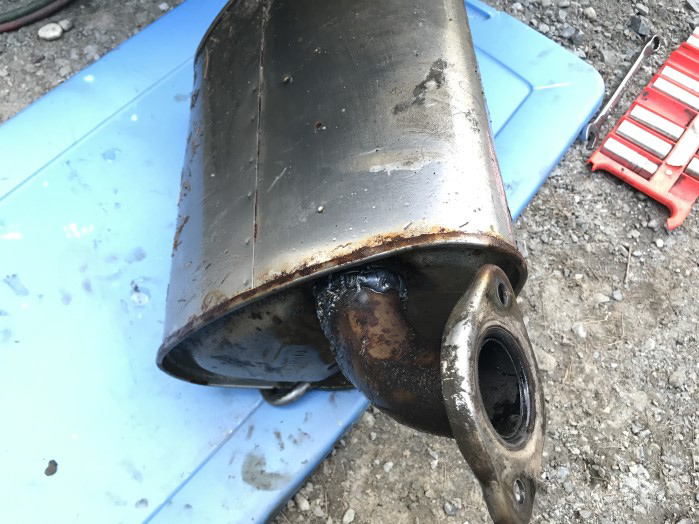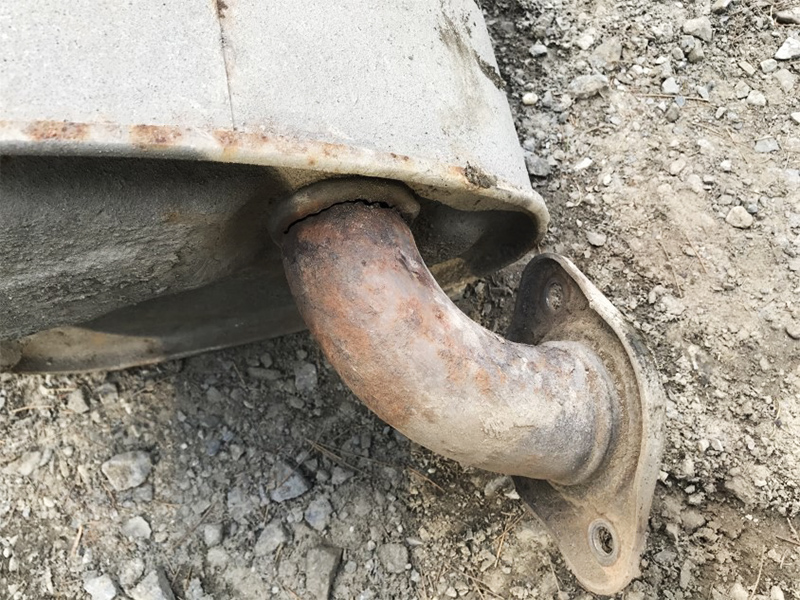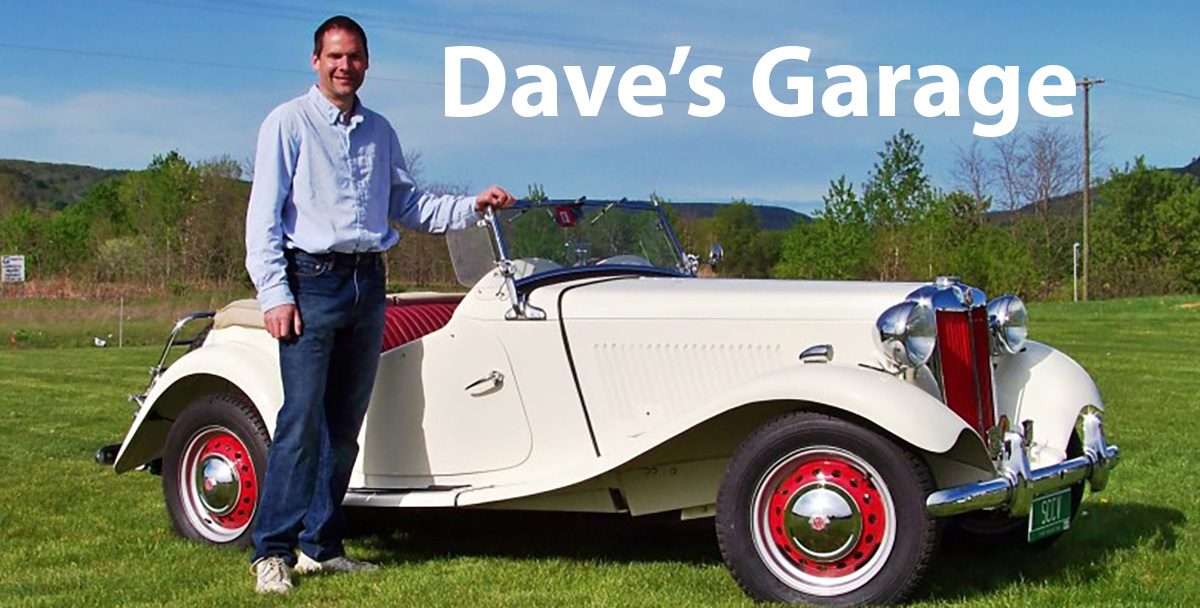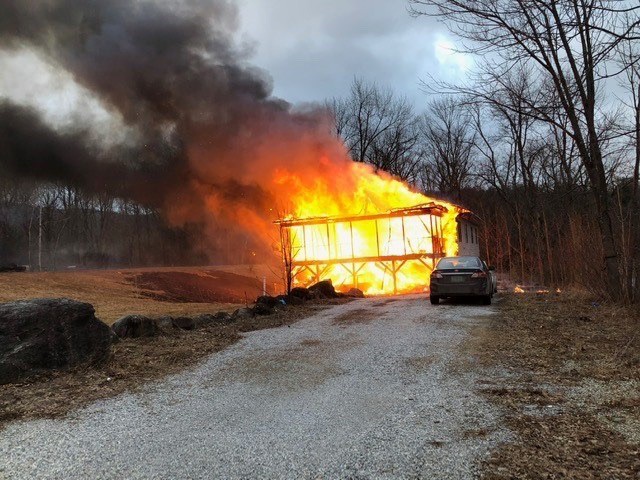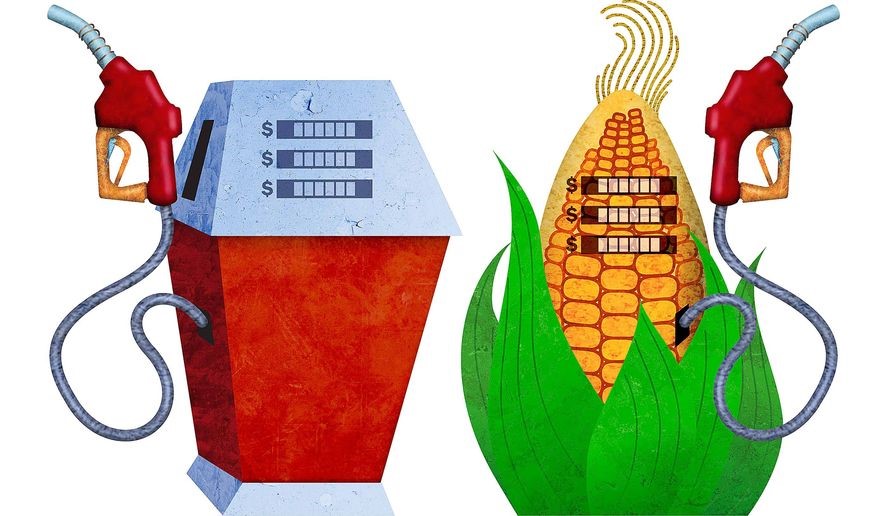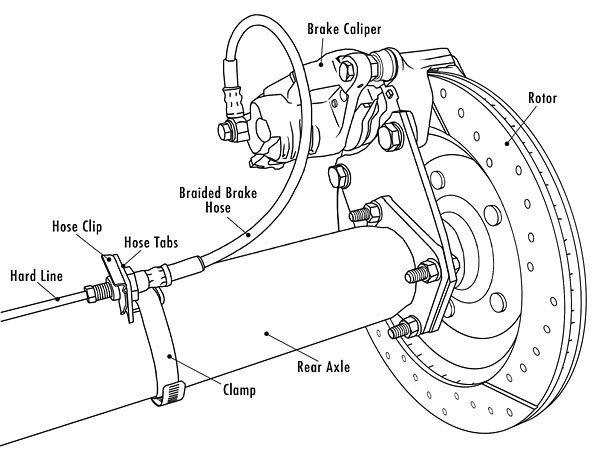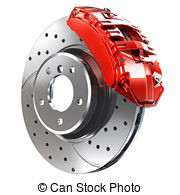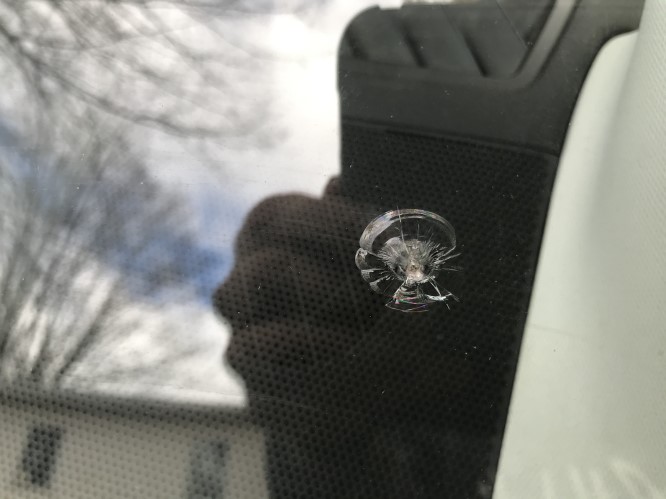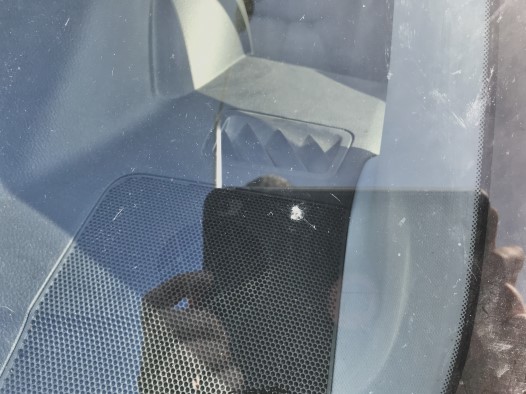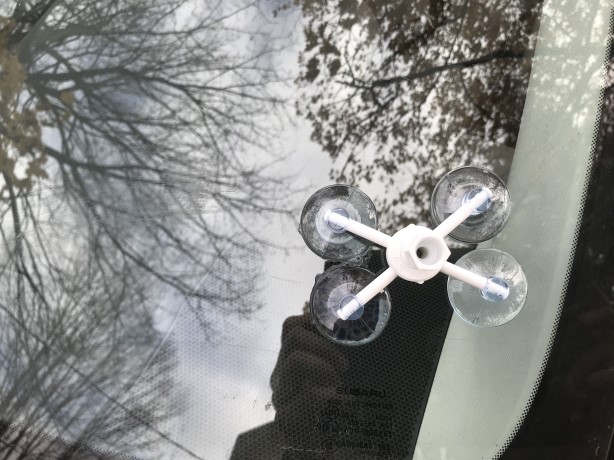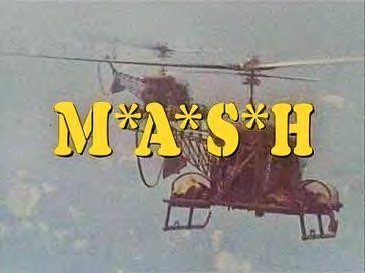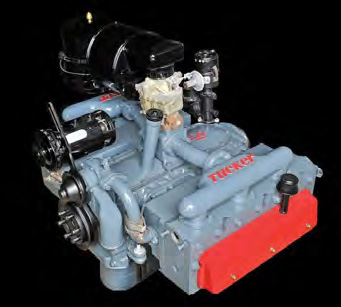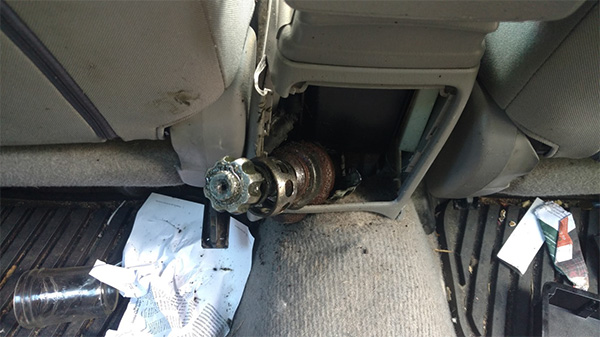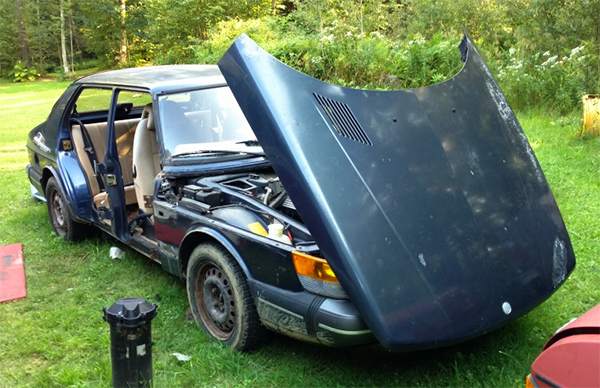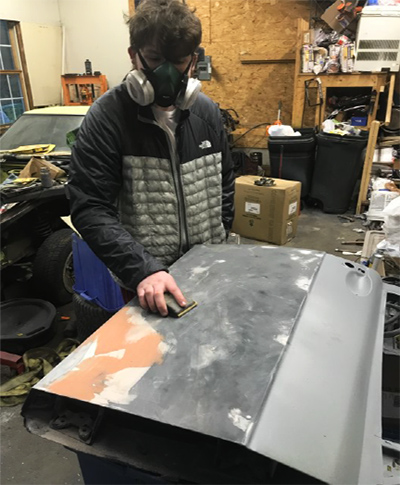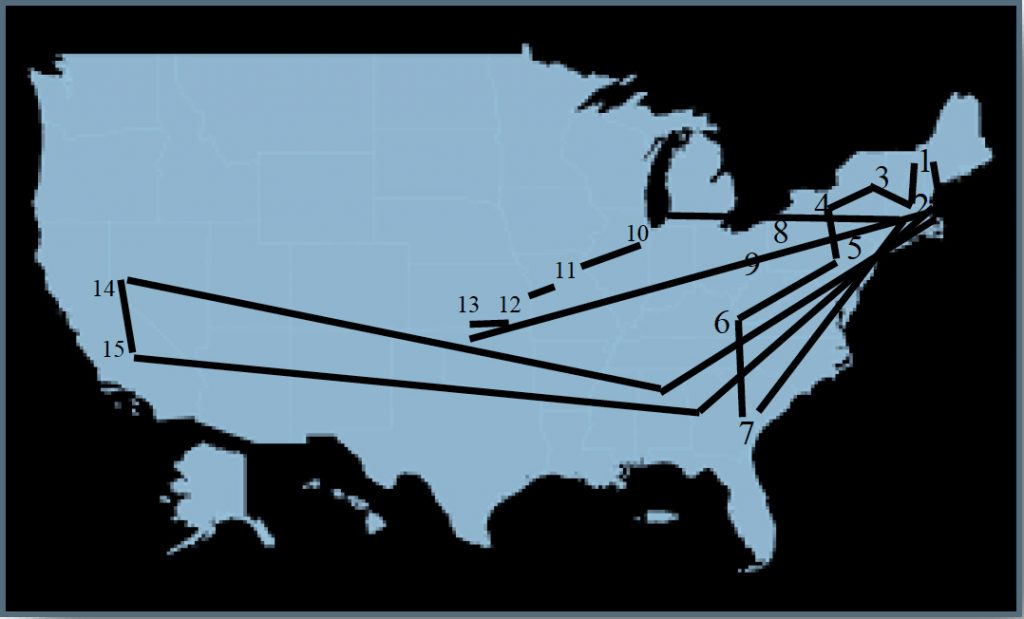When the cars go in to the garage for the winter, I have always believed they should be drivable and ready to be driven out quickly if there is a fire. I leave battery tenders on lead acid batteries (but not gel cell batteries, they have no static discharge) and always disconnect the batteries to prevent an electrical fire. I always make sure the snow is removed from the garage doors, so there is a quick easy exit.
Unfortunately, the events of two weeks ago taught me some things about garage fire safety. I will share what I learned.
First, the fire department did a fantastic job, and saved a great deal of the contents of the building. Only two cars were totally destroyed. The firemen tried to drive the cars out of the building when they responded. As luck would have it, the cars at the doors were cars with push button or foot pedal starters. Firemen are too young to understand this. They pulled the battery tenders, connected the batteries and turned the key… obviously the cars did not start.
I have always been creative in fitting cars in to the garage to maximize space. This usually means jacking a car on a floor jack and sliding it into positions that al-low one or two more cars to be squeezed in. I will not do that again. I learned the cars should have a straight shot at the door in the event they need to be evacuated from the building quickly.
Fire blankets saved the cars. The fire was very hot, melting glass and PVC piping in the building, yet there was only minimal damage to 12 cars just inches away from the fire. When the firemen realized they couldn’t drive the cars out, they threw fire blankets over them.
This fire was hot. All the cars were driven in to the garage, only two were drivable after the fire (both Saab’s B.T.W.). All the cars received heat, smoke and water damage, and also were damaged by falling ceiling lights and sheetrock.
Oddly enough, the garage doors opened by themselves, somehow, the heat caused the door openers to short out and open the doors.
So, what have I learned? First, I will ensure the cars by the exit doors are either newer, automatic cars or at least key start. I will leave an instruction note on the dashboard on how to start the cars.
Second, cars will be parked with quick and easy access to a straight path out the door. No more jig saw parked cars packed tightly in the building.
I will continue to do what I have always done, disconnect the batteries, and keep fire extinguishers in all the vehicles. I will also not leave gas cans or flammable objects in the garage. I will avoid using extension cords and not leave items plugged in to wall sockets unless they are being used. As bad as this fire was, it could have been much worse.
